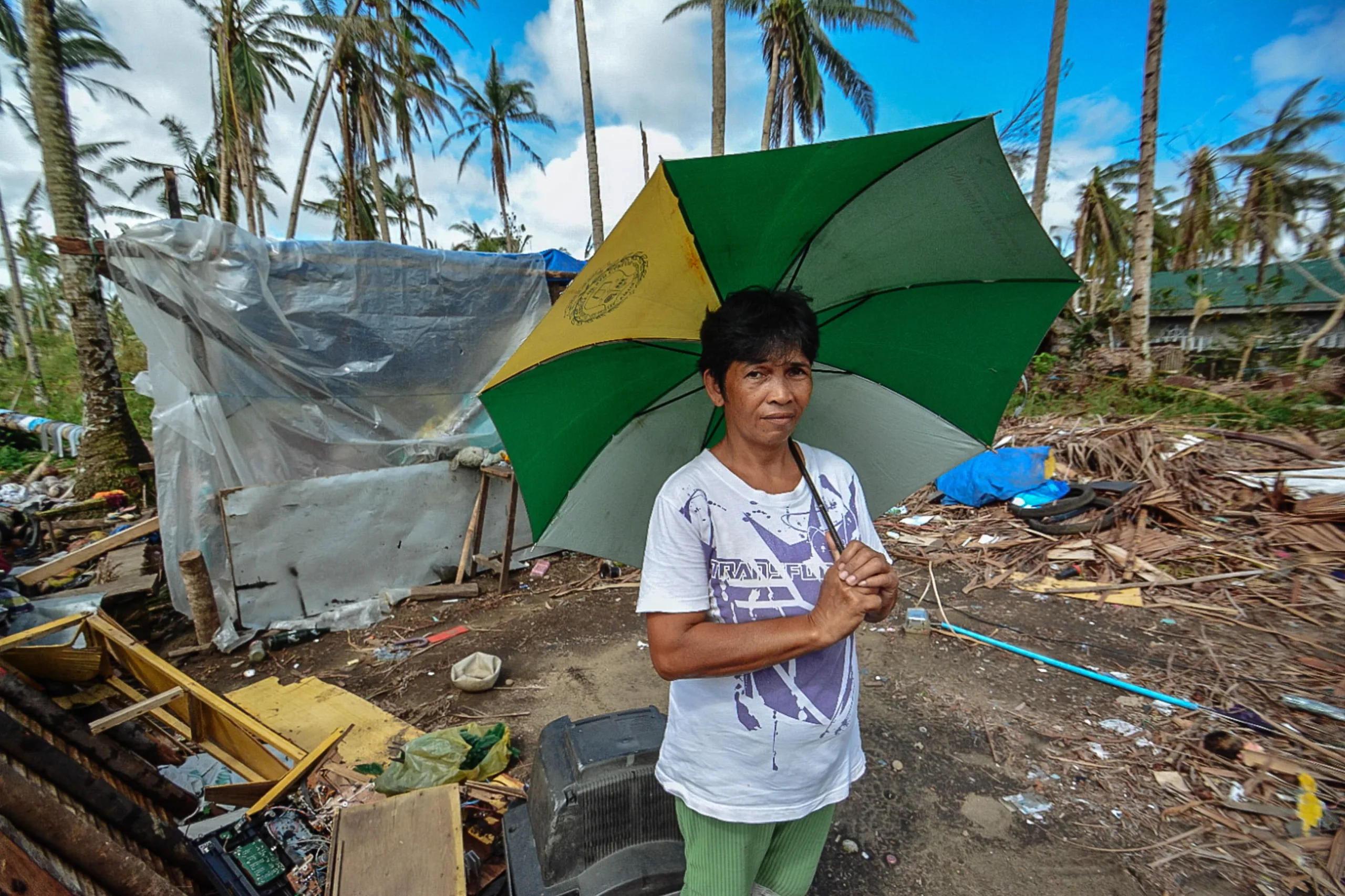Disaster Management and Relief in 2023
In the face of increasing natural disasters and global crises, it is becoming imperative for societies to reassess their priorities and focus on what truly matters – the safety and well-being of their citizens. As disaster events become more frequent and severe, it is time to shift our attention from short-term freebies to the long-term importance of disaster management and relief efforts.
This introductory paragraph aims to shed light on the urgent need for societies to prioritize disaster preparedness, response, and recovery over the allure of quick fixes. By acknowledging the significance of proactive disaster management, we can build resilient communities capable of withstanding the most challenging circumstances and protecting the lives and livelihoods of those most vulnerable.

What is disaster management ?
Disaster management refers to the systematic process of planning, organizing, coordinating, and implementing measures to mitigate the impact of disasters, as well as to respond to and recover from their effects. It involves a comprehensive and integrated approach to dealing with natural, technological, or human-made disasters, with the primary goal of minimizing the loss of life, reducing damage to property and infrastructure, and ensuring the swift and effective recovery of affected communities.
The key components of disaster management include:
- Prevention and Mitigation: This phase involves identifying potential hazards, assessing risks, and implementing measures to reduce their impact. It includes land-use planning, building codes, infrastructure reinforcement, and public awareness campaigns.
- Preparedness: This phase focuses on pre-planning and readiness. It includes developing emergency response plans, training personnel, conducting drills and simulations, and stockpiling necessary resources and equipment.
- Response: When a disaster strikes, the response phase comes into play. It involves activating emergency plans, mobilizing resources, and coordinating the efforts of various agencies and responders to address the immediate needs of affected communities.
- Recovery: Once the immediate crisis has been addressed, the recovery phase begins. It involves restoring essential services, infrastructure, and livelihoods, as well as providing support to affected individuals and communities to rebuild their lives.
- Risk Reduction and Resilience: Disaster management also emphasizes the importance of long-term risk reduction and building resilience in communities. This involves learning from past disasters, implementing measures to prevent future risks, and fostering community capacity to cope with future emergencies.
- International Cooperation: Since many disasters can cross national borders and require international assistance, disaster management often involves cooperation and coordination between countries and international organizations.
Disaster management is a collaborative effort that involves various stakeholders, including government agencies, non-governmental organizations (NGOs), emergency responders, community organizations, volunteers, and the public. It requires effective communication, rapid decision-making, and the ability to adapt to dynamic and challenging situations.

By implementing effective disaster management practices, societies can minimize the impact of disasters, save lives, protect infrastructure, and build more resilient communities capable of recovering from adversity and rebuilding stronger for the future.
Disaster management is of utmost importance for several reasons. It involves a systematic approach to mitigate, prepare for, respond to, and recover from natural or human-made disasters. Here are some key reasons why disaster management is crucial:
- Saving Lives: The primary goal of disaster management is to protect and preserve human lives. By having well-prepared and organized disaster response plans, it becomes possible to minimize casualties during a disaster event.
- Reducing Damage and Losses: Effective disaster management can help reduce the extent of damage to property, infrastructure, and the environment. This minimizes economic losses and helps communities recover more quickly.
- Enhancing Preparedness: Disaster management involves pre-planning and readiness to face potential hazards. It enables governments, organizations, and communities to be better prepared to handle emergencies and respond promptly.
- Providing Timely Response: A well-structured disaster management framework ensures that emergency responses are swift and efficient. This can prevent situations from escalating and help those affected receive immediate assistance.
- Coordinating Resources: Disaster management facilitates the coordination of resources and efforts from various agencies, NGOs, and volunteers. It ensures that resources are allocated effectively to areas where they are most needed.
- Boosting Resilience: By implementing disaster management measures, communities can become more resilient to disasters over time. They learn from past events, adapt their strategies, and become better equipped to handle future challenges.
- Protecting Critical Infrastructure: Disasters can severely impact critical infrastructure like hospitals, schools, and transportation networks. Disaster management helps protect and maintain these essential services during and after a crisis.
- Strengthening Community Bonds: During disaster management, communities often come together to support and assist each other. This fosters a sense of solidarity and strengthens social bonds.
- Learning and Improvement: Analyzing past disaster responses helps identify strengths and weaknesses in the system. It enables authorities to learn from mistakes and improve future disaster management strategies.
- Addressing Climate Change: With the increasing frequency and intensity of natural disasters linked to climate change, disaster management becomes even more critical. It plays a crucial role in climate change adaptation and resilience-building.
- Ensuring Effective Communication: Disaster management emphasizes clear and timely communication between authorities, responders, and affected communities. Good communication can prevent panic, misinformation, and confusion during crises.
- International Cooperation: Many disasters cross borders and require international cooperation. Effective disaster management facilitates collaboration between nations, leading to more coordinated responses and support during regional or global disasters.
Thus, disaster management is vital for safeguarding lives, protecting property and infrastructure, and building resilient communities that can effectively face and recover from emergencies. By investing in disaster preparedness and response, we can mitigate the impacts of disasters and build a safer and more secure future for all.
Disaster Management in India

To manage national crisis and give timely assistance should receive priority over the mindless distribution of freebies which seems to have become a regular feature. In the event of emergent conditions the farmers, labourers and marginalised section must be helped and State is expected to give them required and timely relief for their survival and welfare protection.
But if it is guaranteed permanently then it becomes counterproductive as it causes resource waste on one hand and huge burden upon the honest taxpayers on the other. A significant proportion of these finances could be conserved to meet the natural disasters coming in the form of famines ,epidemics, floods and continuous heavy rainfall . It seems quite ridiculous that we are distributing free grains, water and electricity even among those who do not need it.
At the time of disasters , we face acute financial shortage. Where lies the justification of giving 5 kg of grains to 8o crore people. What message it conveys ?It is a normal practice that a benefit once given can not be easily withdrawn. Rather its figure and frequency is raised by the competing political parties for the obvious electoral gains.
In India the budget allocated for free grains for the year 2023 is Rs. 2 lac crores. On the contrary the Disaster Management Fund of Central and State is just Rs35724 crores for the period of 2021 -22 to 2025-26.
Hence there is urgent need for raising the amount of Disaster Management Fund. Along with this it has to be ensured that funds are properly utilized and not drifted away. There is need for conservation of resources in order to meet the situation of crisis instead of fire fighting.
It doesn’t mean that welfare schemes are to be straightway discarded. But these need to be introduced with caution and selectivity after proper scrutiny on Cost-Benefit basis. Without thoughtful introduction and keeping election in mind, we are producing a class of parasites and idlers which is becoming a cause for labour scarcity in the rural sector. Also there is a class of rural leaders who are grabbing the major part of the benefits and flourishing. So instead of wasting the scarce financial resources on freebies , we must emphasize upon strengthing our infrastructure and remain pre-prepared to face national disasters as their frequency may rise due to increasing population , deforestation, growing vehiclular traffic and ecological imbalance.
This article is contributed by Professor (Dr.) Kewal Raj Dawar. He is former Professor in Economics Asia Pacific Institute of Management Delhi. He holds M.Phil and Ph.D in Economics with 43 years of teaching experience. He may be reached at kewalraj7@gmail.com.